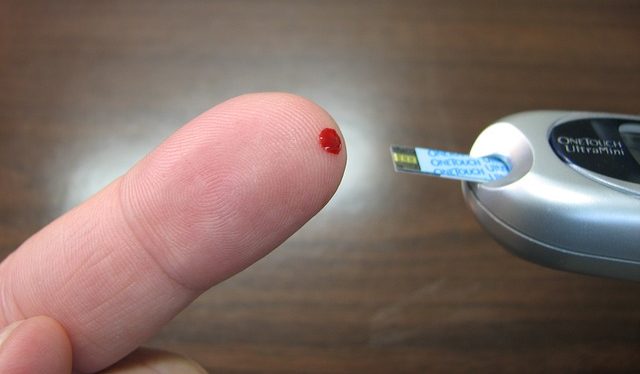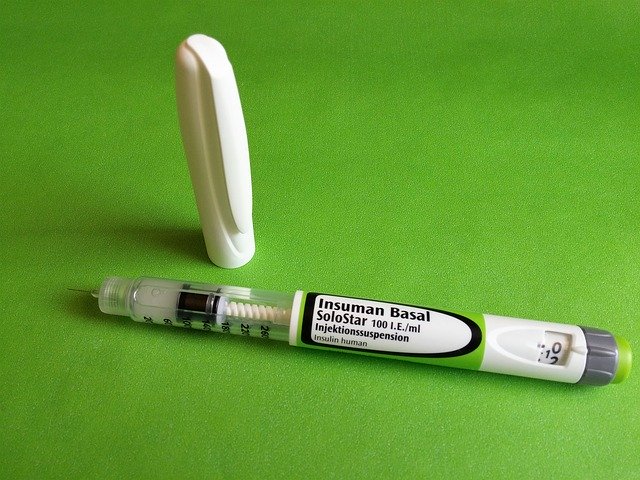How To Treat And Manage Your Type Two Diabetes
More than 34 million people within the United States have type two diabetes.
Type two diabetes can have negative long-term effects - even deadly. When managed correctly, however, those who have type two diabetes can live a normal, healthy life.
What is Type Two Diabetes?
Type two diabetes mellitus, aka type two diabetes, is a disease that causes higher than normal levels of sugar in the blood.
The high sugar levels are caused because the cells don’t absorb sugar correctly.
Normally, cells use insulin receptors that are activated by insulin in the blood to pull sugars into the cells.
In type two diabetes, however, these insulin receptors do not respond to insulin like they should. In this case, cells tend to pull less sugar out of the blood and into the cells.
Therefore, the sugar levels within the bloodstream become higher than they normally should.
High levels of blood sugar cause the blood to be thicker and disrupt normal blood flow - which can lead to nerve damage in the hands, feet, retina and kidneys.
An increase in blood sugar can also elevate the risk of infections that may, in severe cases, lead to the need for amputations.
How Is Type Two Diabetes Treated?
There are several, well-established, type two diabetes treatments that can greatly reduce the risk for potential complications.
Type two diabetes treatments are not complicated and have been shown to be effective.
1. Regular Blood Glucose Monitoring

An important part of treating your type two diabetes will be monitoring your blood sugar levels.
While this is not a treatment in and of itself, it does provide valuable information that shows how well your blood sugar levels are being controlled.
Using a glucomter (a machine that measures your blood sugar levels), blood sugar monitoring can be done at home in less than a minute.
This test involves getting a small drop of blood from the tip of your finger and allowing the glucometer to analyze it. Or, you may also have your blood drawn at a lab (which is a service we provide) to test your blood sugar levels.
Blood sugar monitoring will be different for everyone.
It all depends on the severity of one's diabetes and how well their body responds to treatment.
For example, some with type two diabetes may only need to have their blood drawn every few months.
On the other hand, those with a more complex case or are earlier in their treatment may need to test several times a day.
Your doctor will provide guidance about how frequently you should test in your unique situation.
2. Diet and Exercise
Type two diabetes is shown to be highly correlated with being overweight.
Being above one’s ideal body weight is thought to be one of the most common type two diabetes causes.
There is hope though...
As someone loses weight and becomes more active, their type two diabetes can improve. In fact, their blood sugar levels may become normal again.
Dieting and exercise are highly recommended to help normalize blood sugar levels in those with type two diabetes.
- Dieting helps to reduce weight by reducing the intake of energy (measured in calories).
- Whereas, exercise helps reduce weight by burning existing energy stored in the body.
Combining diet and exercise is the preferred method of diabetes care and can help you to lose weight and improve your type two diabetes without having to take medications.
3. Medications

While dieting and exercise are the ideal way to manage type two diabetes, sometimes medications are necessary to control blood sugar levels.
There are two different types of medications that are typically used to manage type two diabetes - oral hypoglycemics and insulin.
Oral Hypoglycemic Medications
Insulin
Can Type Two Diabetes be Cured?
Many people wonder, “is type two diabetes curable?”
Technically, type two diabetes cannot be cured. It can, however, be reversed.
Meaning, someone with type two diabetes can get to the point where their blood sugar level is consistently normal.
If you do have a reversible type two diabetes, you will still need to continue to have follow-up care, as it may come back later in life.
Reversal of type two diabetes is typically experienced when someone loses excess weight and maintains a healthy weight consistently.
Getting Treatment for Type Two Diabetes in Riverview
In conclusion, getting the treatment you need for your type two diabetes will help you to avoid several potentially severe complications.
The help and supervision of a doctor is absolutely necessary for recognizing the signs of diabetes and treating type two diabetes.
Here in Riverview, Noorani Medical Center, has extensive experience in helping people with type two diabetes to lead normal, healthy lives and providing expert diabetes information.
Schedule an appointment today to learn how easy it is to get great type two diabetes treatment now!
